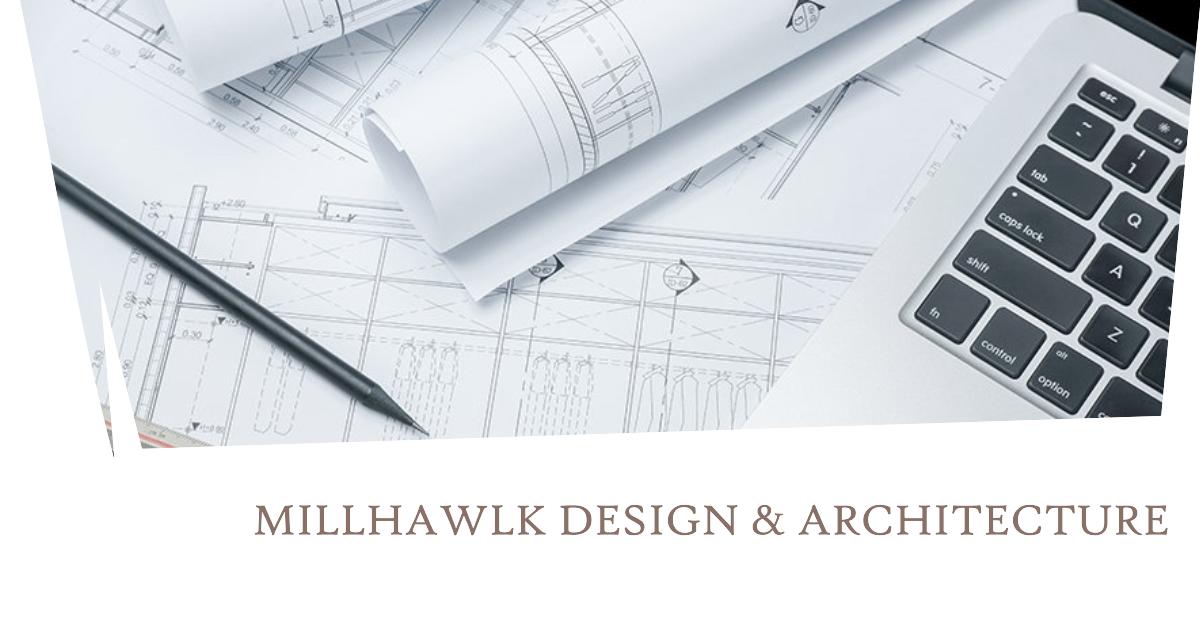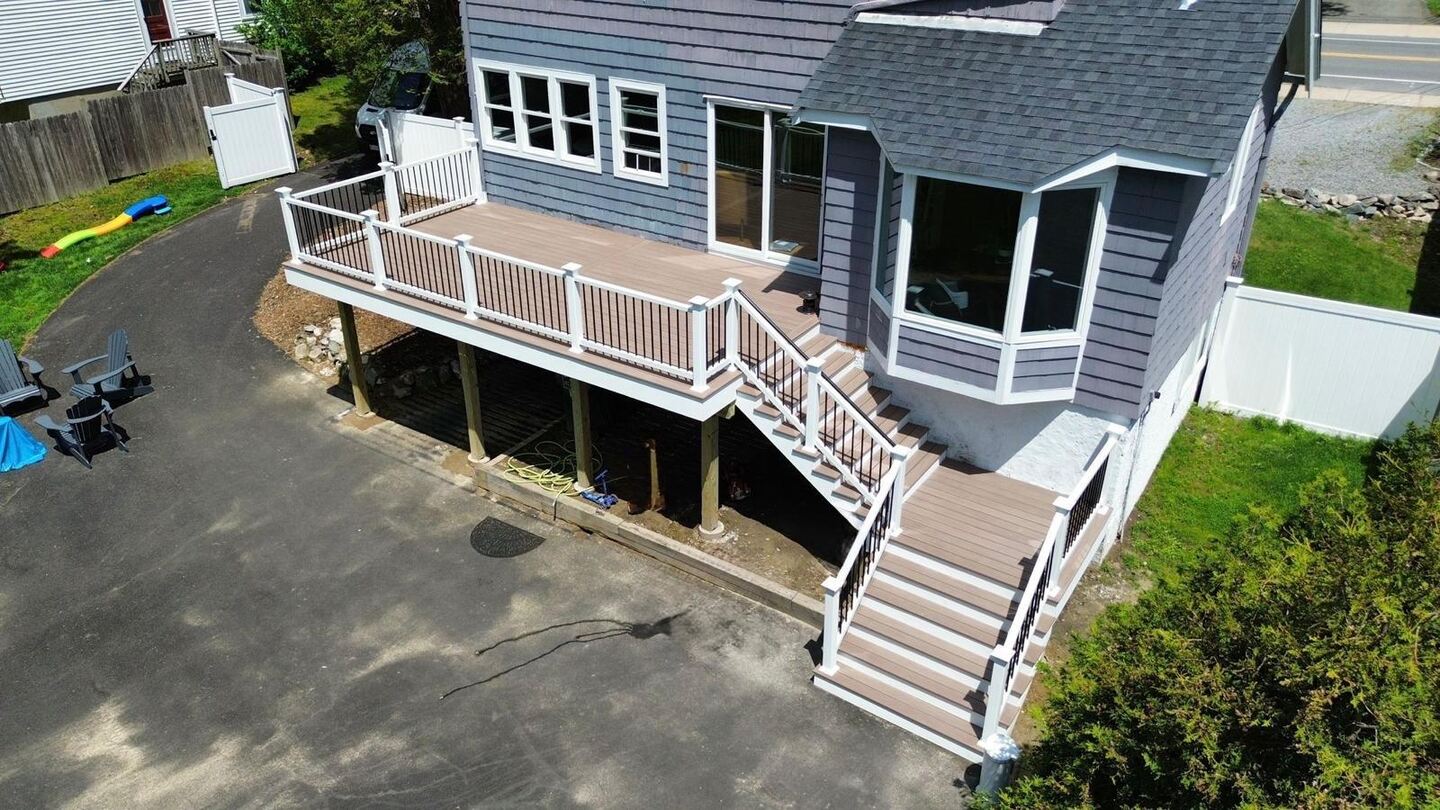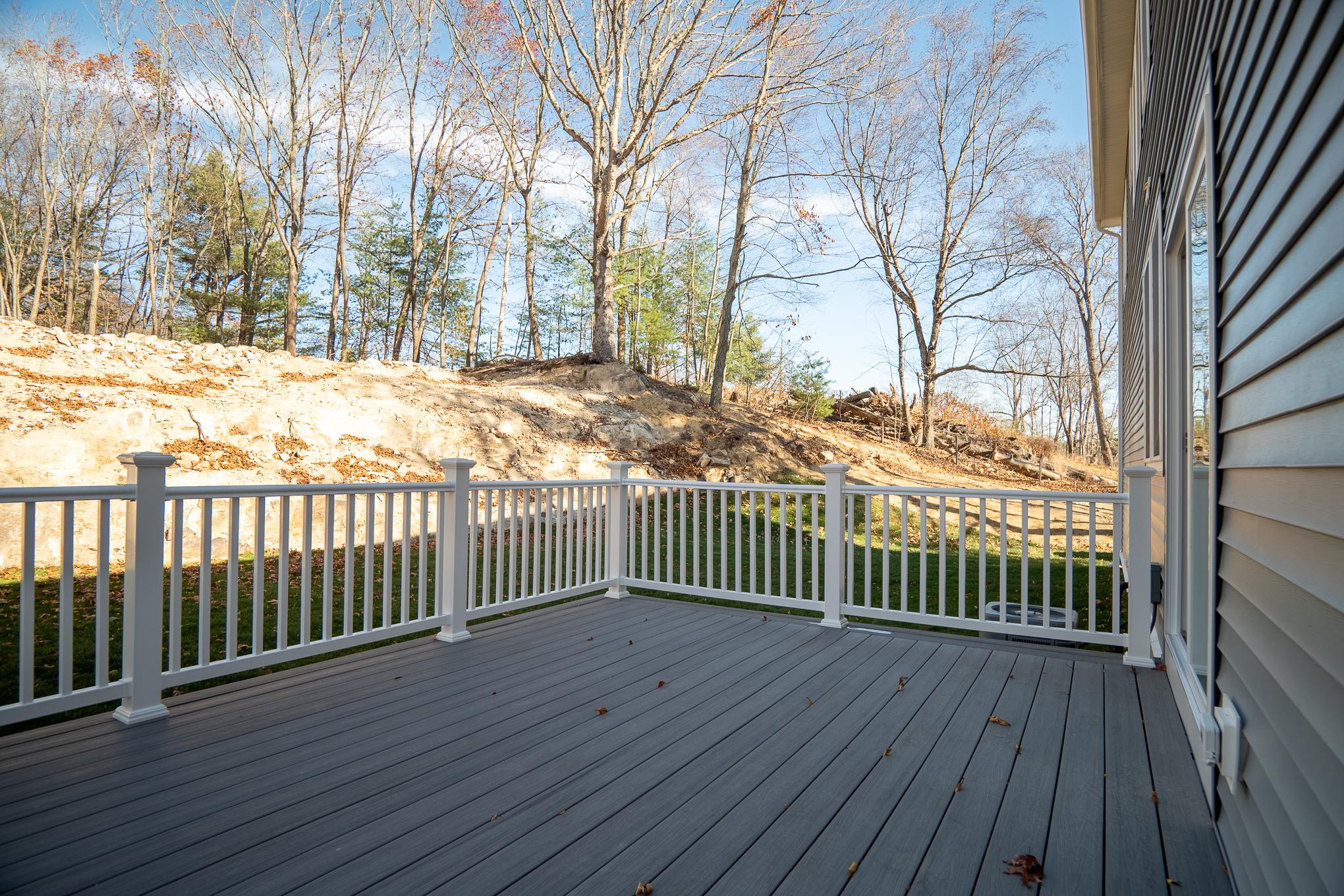What is Vinyl Flooring in architecture?
Vinyl flooring is a popular choice in architecture due to its durability, affordability, and versatility. It is a synthetic material made from polyvinyl chloride (PVC) and other additives, which gives it the ability to mimic the look of natural materials such as wood, stone, or tile. Vinyl flooring is available in a wide range of colors, patterns, and textures, making it suitable for various architectural styles and design preferences.
Benefits of Vinyl Flooring in architecture
Vinyl flooring is known for its water resistance, making it a practical choice for areas with high moisture levels such as bathrooms, kitchens, and basements. It is also easy to clean and maintain, requiring only regular sweeping and occasional mopping. Additionally, vinyl flooring is comfortable to walk on, as it has a cushioned surface that provides a soft feel underfoot.
Installation of Vinyl Flooring in architecture
Vinyl flooring can be installed in various ways, including glue-down, click-lock, and loose lay methods. Glue-down installation involves adhering the vinyl planks or tiles directly to the subfloor, while click-lock installation allows for a floating floor that can be easily removed and replaced. Loose lay installation involves laying the vinyl flooring without any adhesive, making it a quick and easy process.
Types of Vinyl Flooring in architecture
There are two main types of vinyl flooring: luxury vinyl tile (LVT) and luxury vinyl plank (LVP). LVT is designed to mimic the look of natural stone or tile, while LVP replicates the appearance of hardwood flooring. Both types of vinyl flooring are available in a variety of sizes, thicknesses, and finishes, allowing for endless design possibilities in architecture.
Environmental Impact of Vinyl Flooring in architecture
Vinyl flooring is a sustainable choice for architecture, as it is recyclable and can be repurposed into new products. Additionally, vinyl flooring is energy-efficient, as it helps to retain heat in the winter and cool air in the summer, reducing energy consumption and lowering utility costs. With proper care and maintenance, vinyl flooring can last for many years, making it a long-lasting and eco-friendly option for architectural projects.
Maintenance of Vinyl Flooring in architecture
To keep vinyl flooring looking its best, it is important to follow a regular cleaning routine. This includes sweeping or vacuuming the floor to remove dirt and debris, as well as mopping with a mild detergent and water solution to remove stains and spills. Avoid using harsh chemicals or abrasive cleaners, as they can damage the surface of the vinyl flooring and shorten its lifespan.
Design Trends in Vinyl Flooring for architecture
In architecture, vinyl flooring is a versatile material that can be used to create a wide range of design styles, from modern and minimalist to traditional and rustic. Design trends in vinyl flooring include geometric patterns, bold colors, and textured finishes that add visual interest and depth to a space. With endless design possibilities, vinyl flooring allows architects to create unique and personalized interiors that reflect their clients’ tastes and preferences.
Cost of Vinyl Flooring in architecture
Vinyl flooring is a cost-effective option for architecture, as it is typically less expensive than natural materials such as hardwood, stone, or tile. The overall cost of vinyl flooring depends on factors such as the quality, thickness, and installation method chosen. With a wide range of price points to choose from, vinyl flooring offers architects a budget-friendly solution for creating beautiful and functional spaces.
Conclusion
In conclusion, vinyl flooring is a versatile and durable material that is well-suited for architecture. With its wide range of design options, easy installation, and low maintenance requirements, vinyl flooring is a practical choice for residential, commercial, and institutional projects. Whether used in high-traffic areas or as a decorative accent, vinyl flooring offers architects a cost-effective and stylish solution for creating beautiful and functional spaces.




